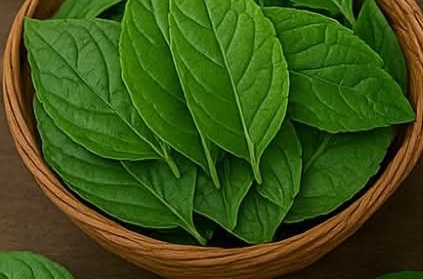As you reach your 50s and beyond, small shifts in your diet can lead to big gains in your health, energy, and quality of life. One nutrient that deserves extra attention is fiber—a powerful ally for digestion, heart health, and blood sugar control.Unfortunately, most older adults fall short, getting only about half of the recommended daily amount. The good news? With a few simple changes, you can hit your fiber goals, feel better, and protect your long-term health.In this guide, we’ll explore why fiber is essential after 50, how to add more to your diet naturally, and easy tips to make it a part of your everyday routine.🥦 Why Fiber Matters More After 50Fiber comes from plant-based foods like fruits, vegetables, whole grains, and legumes. Your body doesn’t digest it, but it plays a crucial role in keeping your systems running smoothly.Soluble fiber dissolves in water to lower cholesterol and stabilize blood sugar.Insoluble fiber adds bulk to your stool, keeping your digestive system regular.Daily fiber needs for people over 50:Women: 21–25 gramsMen: 30–38 gramsSadly, most adults only get about 15 grams a day.A higher-fiber diet after 50 supports:Digestive health – prevents constipation and feeds healthy gut bacteria.Heart health – lowers LDL (“bad”) cholesterol and supports blood pressure.Blood sugar control – reduces spikes after meals and improves insulin sensitivity.🚻 Fiber for Digestive HealthAging can slow digestion, making constipation more common. Fiber keeps things moving while reducing bloating and discomfort.Tips for better digestion:Start your morning with whole-grain toast + avocado.Add berries or chia seeds to your breakfast bowl.Include a side of leafy greens at lunch and dinner.❤️ Fiber for Heart ProtectionHeart health becomes even more important as we age. Soluble fiber binds to cholesterol in the gut, helping to remove it from your body.Heart-healthy fiber boosters:Oats or oat bran for breakfastLentils, chickpeas, or black beans in soups and saladsApples, pears, and citrus fruits for snacksEven 7 extra grams of fiber a day can cut your heart disease risk by nearly 10%.🩸 Fiber for Blood Sugar BalanceWhether you’re managing diabetes or just aiming for steady energy, fiber slows the absorption of sugar, preventing spikes and crashes.Smart swaps:Replace white bread with 100% whole-grain breadChoose quinoa or brown rice over refined carbsSnack on nuts and fresh fruit instead of cookies or candy🥗 Practical Ways to Boost Fiber Intake1. Prioritize Whole FoodsChoose fruits, veggies, grains, and legumes that offer a natural blend of soluble and insoluble fiber.Examples:Fruits: Raspberries (8g/cup), pears (6g/medium), oranges (4g/medium)Vegetables: Brussels sprouts (6g/cup), sweet potatoes (4g/medium)Grains: Bulgur (8g/cup), whole-wheat pasta (6g/cup)Legumes: Split peas (8g/½ cup), kidney beans (6g/½ cup)2. Use Fiber Supplements WiselyIf you can’t reach your target with food alone, psyllium husk or inulin powder can help.Start with 3–5 grams a day and increase slowly.Always take with plenty of water.Check with your doctor for medication interactions.3. Snack SmartFiber-rich snacks are an easy way to bridge the gap between meals.Chia pudding (10g fiber per ounce of chia seeds)Almonds (4g fiber per ounce)Celery sticks with hummus (4g fiber per serving)💡 Overcoming Common Fiber ChallengesBloating or gas? Increase fiber gradually—about 5 grams more each week.Not a veggie fan? Blend greens into smoothies or add them to pasta sauce.Busy schedule? Meal-prep fiber-rich salads or grain bowls ahead of time.🍓 Quick Recipe: Berry-Chia Oatmeal BowlIngredients:½ cup rolled oats (4g fiber)1 tbsp chia seeds (5g fiber)½ cup mixed berries (4g fiber)1 cup water or milkInstructions:Cook oats in water or milk.Stir in chia seeds and let sit for 2 minutes.Top with berries and enjoy.This breakfast gives you over 12 grams of fiber before your day even starts.⚠️ Safety Tips for Adding FiberHydrate well to prevent constipation.Increase gradually to avoid digestive discomfort.Consult your doctor if you have digestive conditions or take certain medications.🗝 Final ThoughtsFor people over 50, fiber is a low-cost, high-impact nutrient that supports digestion, heart health, and stable blood sugar. By making small, consistent changes—like swapping refined grains for whole grains, adding a serving of beans to your meals, and choosing fiber-rich snacks—you can feel more energized and protect your long-term health.Think of fiber as your daily investment in healthy aging—one bite at a time.
How People Over 50 Can Supplement Fiber for Better Health
